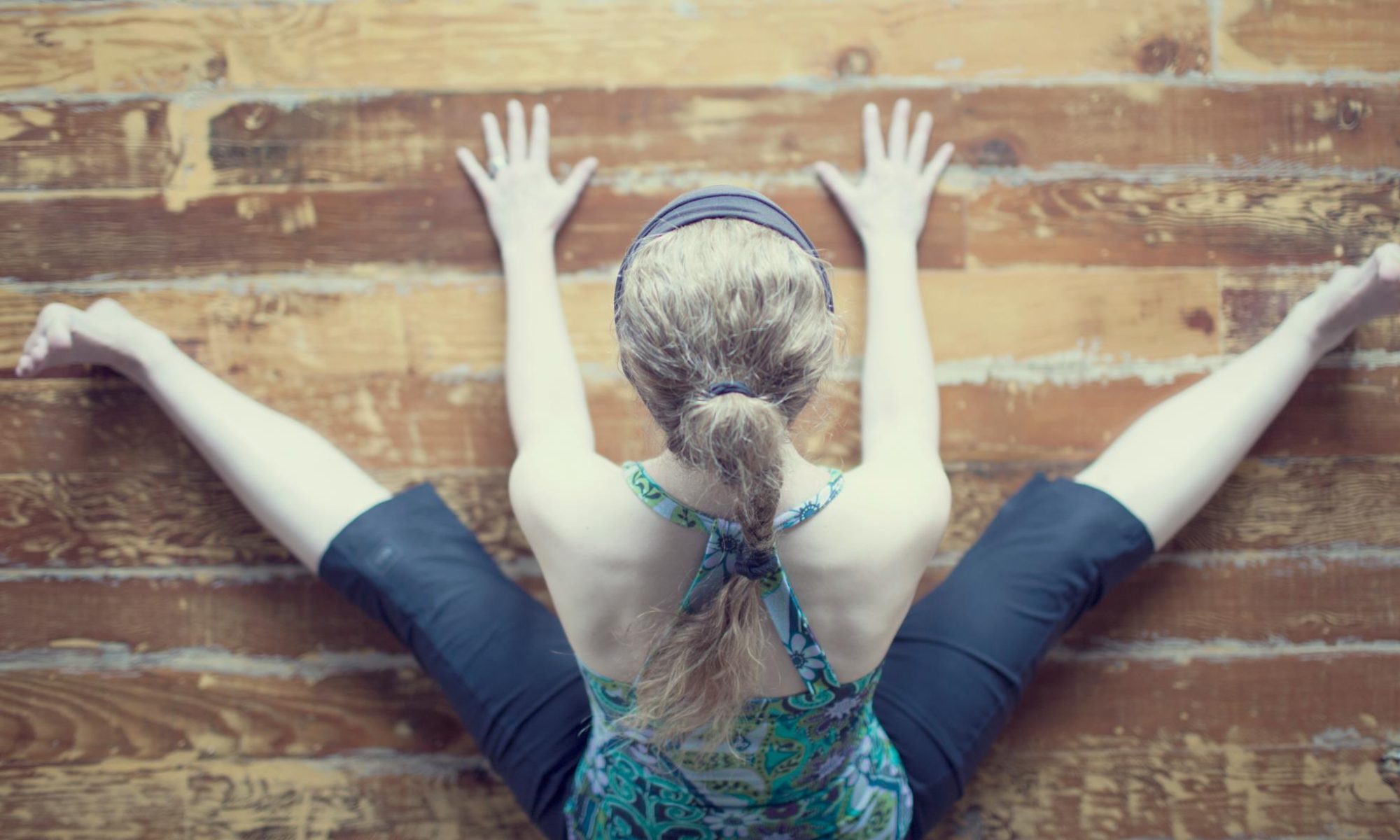
Summer has arrived! If you live in the Northern Hemisphere, June 21st marked the first day of summer. According to Traditional Chinese Medicine, the season of summer is associated with the Heart and Small Intestine. It is a season of decidedly Yang energy when we are often more active and engaged, travelling and exploring, spending time outdoors. In spring, we make plans, we plant seeds and put down roots, and when summer comes we see our gardens grow and flourish. Summer is an opportunity to live from the heart, to play with our edges and explore outside our comfort zone.
For the last few weeks I have been absent from this space – my apologies! I have been busy making plans of my own, planting and tending to seeds that are very soon to blossom. The changing seasons are natural times of transition for us, and with the arrival of summer I am transitioning to a new home. I am not moving to a new city this time, only to the other side of my current one – though in a city like Toronto, moving to the other side of town can almost feel that way, as this is a city of diverse neighbourhoods, each with its own unique and wonderful qualities.
We are generally creatures of habit. We enjoy our routines, our familiar patterns, our favourite people and places and things. When we are presented with a transition – either by Mother Nature with our changing seasons, by our own choices and actions, or through unexpected developments in our life – we can choose to view it as an opportunity and embrace the possibilities it may bring. For many people, the arrival of spring is an opportunity to do some ‘spring cleaning’, clearing out the unwanted, unused, unnecessary things that we have collected. We might do this in our physical environment by deep cleaning our homes, giving old clothes and items we no longer need to charities so that others may benefit from them. We can also do some spring cleaning in our inner environment, releasing old judgments, beliefs, expectations, habits; we let go of what no longer serves us so that we can make space instead for things that nourish and inspire us.
If spring is a season of clearing out the old, summer is a season to welcome what is new. What new ideas, activities, and healthy habits can you invite into your daily life this summer? What new places can you explore, even in your own town or neighbourhood? Though sometimes it may feel like we are unable to change, like changing our familiar routines and patterns would be impossibly challenging, humans are strong and resilient beings and we are capable of much more than we think. The idea of stepping outside our comfort zone might be intimidating, but it is the way we grow and learn and flourish in this life. (I touched on the benefits of exploring outside our comfort zone in an earlier post and shared a wonderful little graphic and one of my favourite quotes from Mark Twain. Check it out here.)
So often we make our decisions based entirely on what our mind tells us is the right thing to do. What about our heart? It is within our heart that we connect to our intuition; it is within our heart that we find our wisest, truest self. This truest self is Atman, our essential being, our higher consciousness. Atman is timeless and ageless, the universal self that never changes and is unaffected by the material world. When we are guided by this deep inner wisdom instead of by the expectations and judgments of the external world, we cannot take a wrong step. When we listen to our heart, we can move freely, confidently, open and receptive to all that awaits us on our journey.
As we move into summer, let this be a time to nourish your heart and heed its advice. Let yourself be guided by the wisdom of your intuition. As Rumi said, “I have been a seeker and I still am but I stopped asking the books and the stars. I started listening to the teaching of my soul.” May we all be so wise and forge a deep, abiding connection to the wisdom that lies within.



 “When the appearances of this life dissolve, may I with ease and great happiness, let go of all attachments to this life, like a child returning home.” ~ Dzigar Kongtrul Rinpoche
“When the appearances of this life dissolve, may I with ease and great happiness, let go of all attachments to this life, like a child returning home.” ~ Dzigar Kongtrul Rinpoche